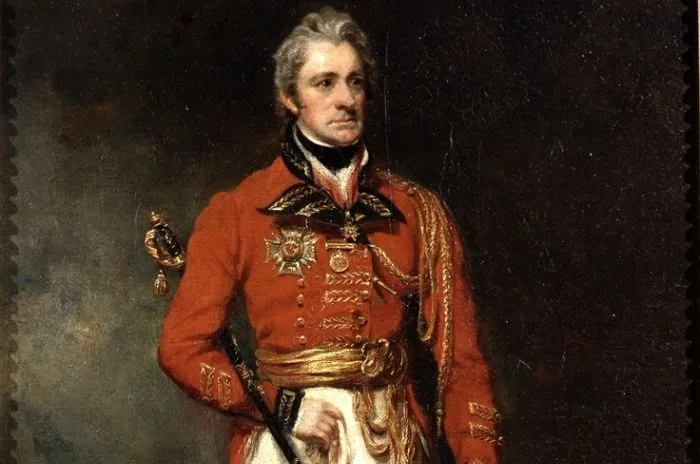Test your knowledge of Class 8 History Chapter 3 MCQ, Ruling The Countryside by Engaging and informative MCQs that cover essential topics, making learning fun and effective.. Practice these MCQ questions with answers to improve your preparation and score better marks in the exam.
Online Test
Online tests are powerful tools to assess knowledge and skills with ease and efficiency. Here is a short online test “Ruling the Countryside” that explores the power structures, rulers, and societal dynamics that shaped the countryside.
Ncert Class 8 History Chapter 3 Questions Answers
Q. When was the EEIC appointed as Diwan of Bengal?
1765
Q. Why did Gandhiji visit Champaran?
To see the plight of indigo planters in Champaran
Q. Who devised the new system of revenue called Mahalwari?
Holt Mackenzie
Q. Who developed the Munro System?
Thomas Munro
Q. How much production of indigo was imported from India to Britain in 1810?
95%
Q. Name the Settlement system introduced in the Madras and Bombay presidencies.
Ryotwari Settlement System
Q. In which year was the Permanent Settlement System started?
1793
Q. Why was there a popular demand for Indian indigo in Europe?
To dye cloth
Q. Which region introduced the Mahalwari Settlement System in 1822?
Uttar Pradesh
Q. What do you mean by Nij and Ryoti?
The two important systems of indigo cultivation
Q. What happened in 1770 in Bengal so that one-third of the population was wiped out?
A terrible famine
Q. Who is called the Ryots?
The cultivators who worked on the land
Q. Who introduced the Ryotwari Settlement system?
Thomas Munro

Q. Who were recognized as zamindars?
Rajas and Taluqdars
Q. How many people were killed in famine in 1770?
10 million people
Q. Where was the Ryotwari Settlement introduced?
South & West India
Q. When did indigo production come down in Bengal?
1859
Q. As Diwan, what did the company look after?
Financial administration
Q. Why did Artisian desert villages in Bengal?
As they were forced to sell goods at very low prices.
Q. Who was the Governor General of India in 1793?
Charles Cornwallis

Q. Which system was introduced in 1819?
Ryotwari System
Q. Who invented Morris Cotton print?
William Morris
Q. Who collected revenue under the Mahalwari system?
Village Headmen
Q. Which product was The Company trying to expand & cultivate?
Indigo & opium
Q. When the price of indigo was very high, the Europeans depended on which plant?
Woad
FAQ
Why were the ryots fleeing the villages in the early 19th century?
As they were forced to sell goods at very low prices.
What is the Blue Rebellion?
The Blue Rebellion was a peasant uprising in 1860 against the exploitative indigo plantation system imposed by British landlords.
What is NIJ cultivation?
NIJ cultivation was a specific form of indigo cultivation in British-controlled India.
What is the difference between the NIJ and the Ryoti system?
In the Nij cultivation system, the planters produced Indigo on lands that they directly controlled whereas in the Ryoti system of cultivation, the planters were forced to sign a contract and gave them loans to grow indigo.
What is the difference between permanent settlement and Mahalwari settlement?
The Permanent Settlement: the zamindars were given the charge of collecting revenue.
The Mahalwari System: the village headman was given the charge of collecting revenue.
Why is there a demand for Indian indigo?
Due to its high-quality and natural properties.
Who led the Indigo revolt?
Digambar Biswas and Bishnu Biswas of Nadia district Bengal.
Who led the Blue Rebellion in Bengal?
Bishnucharan Biswas
Where is indigo cultivated in India?
Indigo is cultivated in Tamil Nadu, Andhra Pradesh, Uttarakhand, West Bengal, and Rajasthan.
When did the indigo plantation start in India?
The indigo plantation started in India in 1777 in Bengal.
Read also: Ncert Solutions For Class 8 History Chapter 3
Conclusion
I hope the above questions answers based on Class 8 History Chapter 3 Mcq, online test & Questions Answers “Ruling the Countryside” will be useful for the students. If you have any other questions regarding NCERT Chapter 3“Ruling the Countryside” MCQs (Multiple Choice Questions With Answers) feel free to contact us so that we can get back to you at the earliest.

We’re still loving your work 💕. Keep helping us with our homework. You are forever in our hearts ♥️.
To our most loving and supportive teacher ☺️.
Mrs. Alka Garg
Thank you for your appreciation and respect my child. ☺️